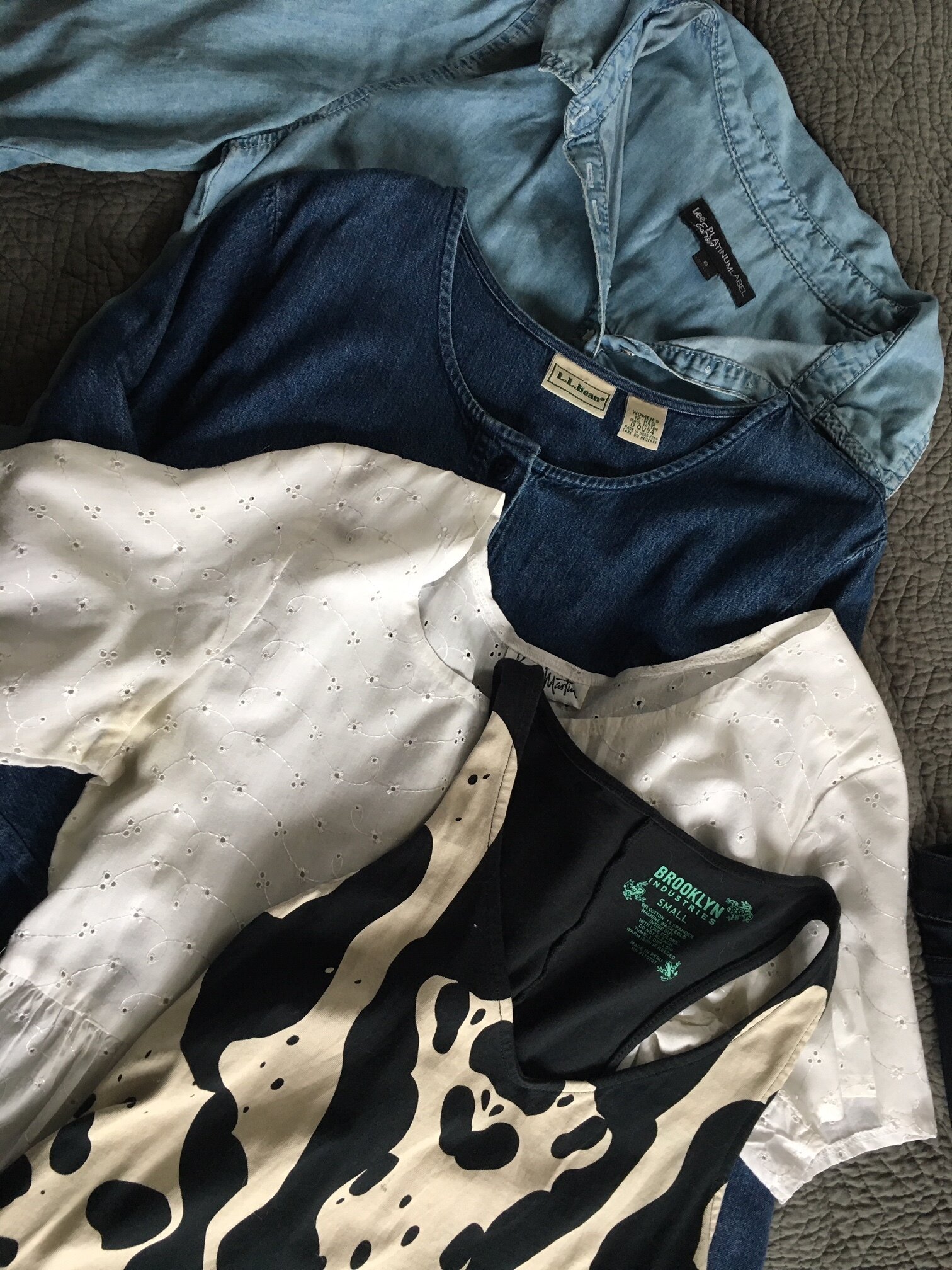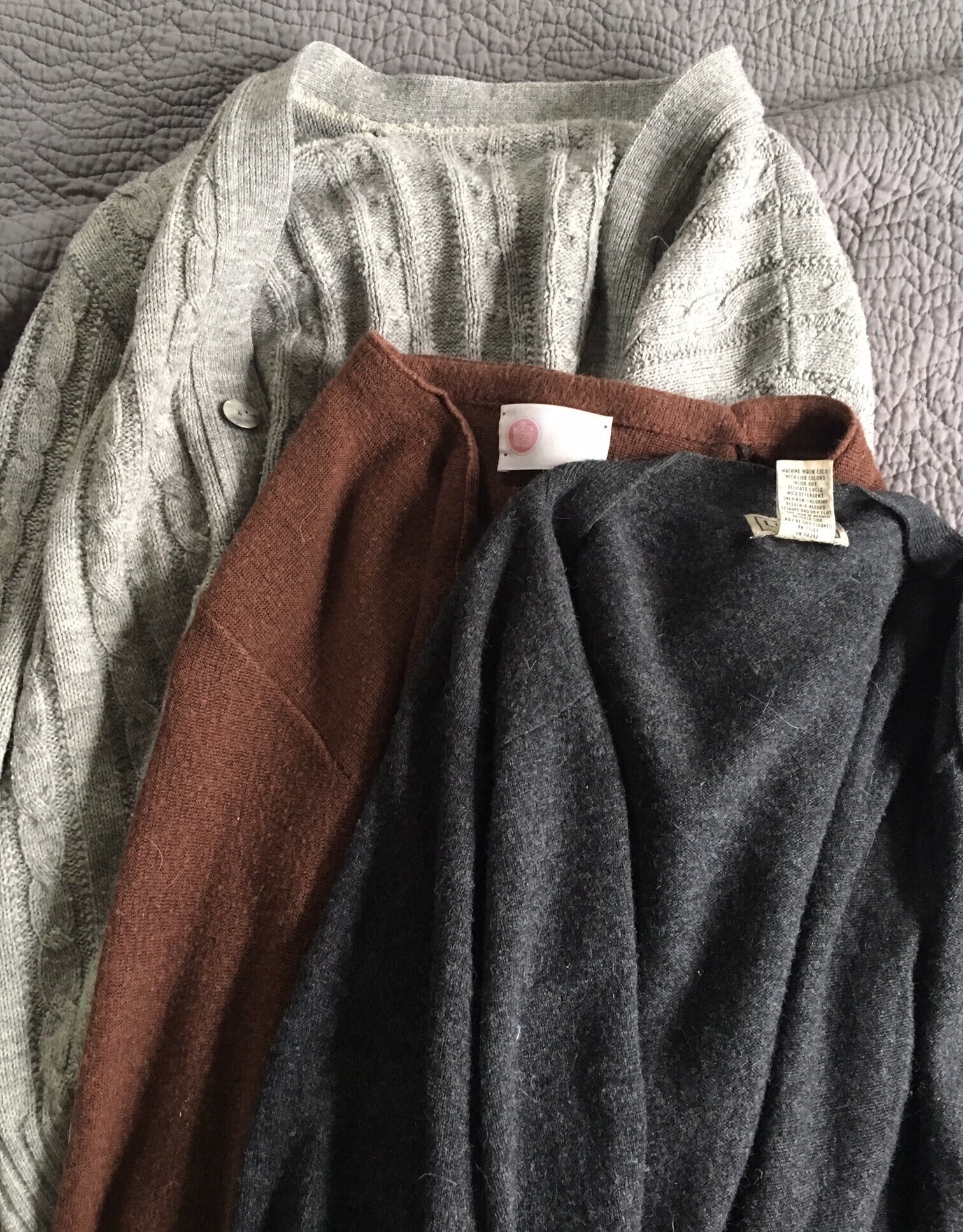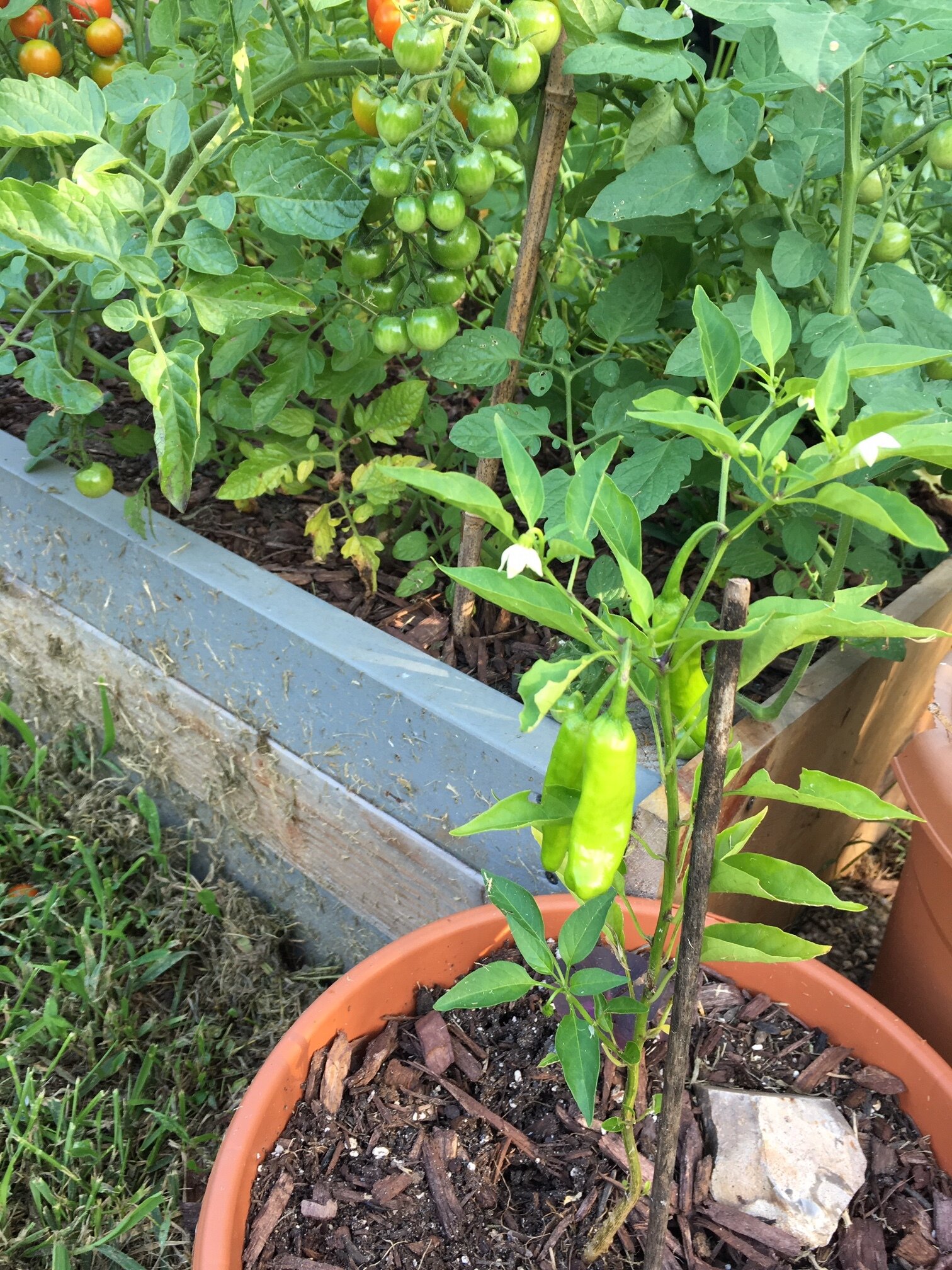Let’s talk about capsule inspiration pieces: what’s new and what stays the some.
I find that there are lots of pieces that I never take out of my capsule. I often look at these items and think about switching them out. Then, as I’m going thru making my new capsule, I find that I just can’t take them out! This is not to say that they are always a great inspiration to me. Mostly they are too useful, too basic to let go of, even for one season.
In making my fall capsule there were many peices that I left in. I didn’t even complete my capsule until over a month into the quarter. I even thought about not changing my capsule this quarter. I knew I would need more cold weather clothes, so I did eventually switch over. But I feel that the next shift, from Fall to Winter, will be very minor.
In a way, this sounds like there was no inspiration in this capsule. But really, the basics, the utilitarian and simple are the inspiration! My Summer capsule was working so well, was so easy to use, that I almost didn’t need to switch it over. I anticipate this happening again Fall to Winter. In Many ways, thats the goal for a capsule. Not needing to switch out an entire wardrobe only a few weather dependent pieces.
My color scheme for this quarter is dark and light grey (surprise, surprise), black, deep brown, denim blue, and various pops of color. I’m really into thermal long sleeves this capsule.
4 dresses - dark denim (thrifted), chambray (thrifted), white eyelet (thrifted), rorschach (small biz, ethical, 7+ years old).
6 pants - everlane blue (ethical, sustainable), everlane grey (not pictured, ethical, sustainable), red (thrifted), brown linen (thrifted eileen fisher, ethical, sustainable), American Apparel brown (ethical, 10+), raw edge (not pictured, thrifted).
1 skirt - tea length (10+)
3 cardigans - light grey (hand me down), brown (hand me down), dark grey (hand me down).
4 sweaters - teal (not pictured, 5+ ), black eye (thrifted, vintage), black and white (7+), orange vest (thrifted, hand made, vintage).
5 button down - red and blue (10+), white (15+), blue henley (5+), brown (5+), blue chambray (found).
3 long sleeve - lace sweat shirt (thrifted), talulas baseball (work tee, local, ethical sustainable), leopard mock neck (vintage and thrifted).
4 waffle tees - dark grey henley (10+), AA light grey (10+, ethical, sustainable), dark grey (5+, hand me down), brown (15+).
4 “nice” tees - rainbow (vintage and thrifted), pleated black (hand me down), brown silk (vintage and thrifted), yellow silk (vintage and thrifted).
7 tee shirts (not pictured) - aa grey (10+, ethical, sustainable), black mets (thrifted), blue mets (thrifted), spiritualized (band, artist), sounds tee (aaa baseball, gifted), talulas hugging pizzas (work, locally printed, local artist).
4 tanks (not pictured) - white lace (7+), black crop (15+), grey (10+), purple (5+).
that’s about 45 pieces, but I’m sure there are one and two that escaped me as I made this post. A lot of these are staple items, but that’s what was inspiring this quarter! Since this capsule took me a long time to put together, I will be only swapping out a few items for my next capsule this winter. I’m already feeling happy with that idea. And I already have a few of the swaps in mind…
What does your capsule look like this quarter?




















































